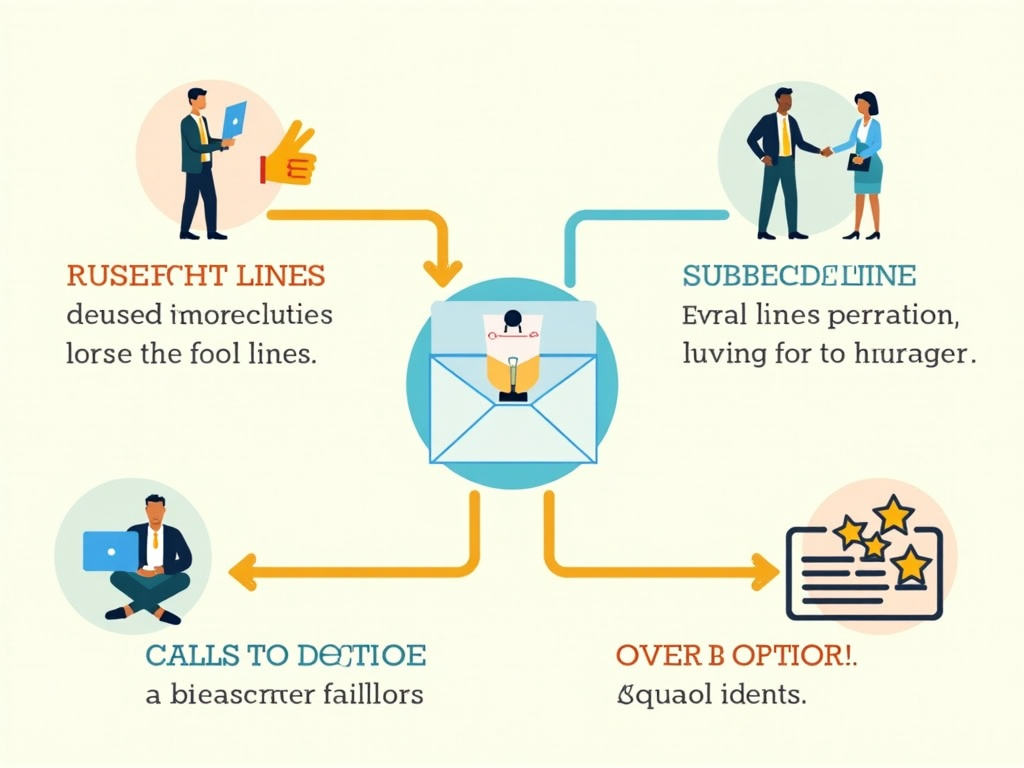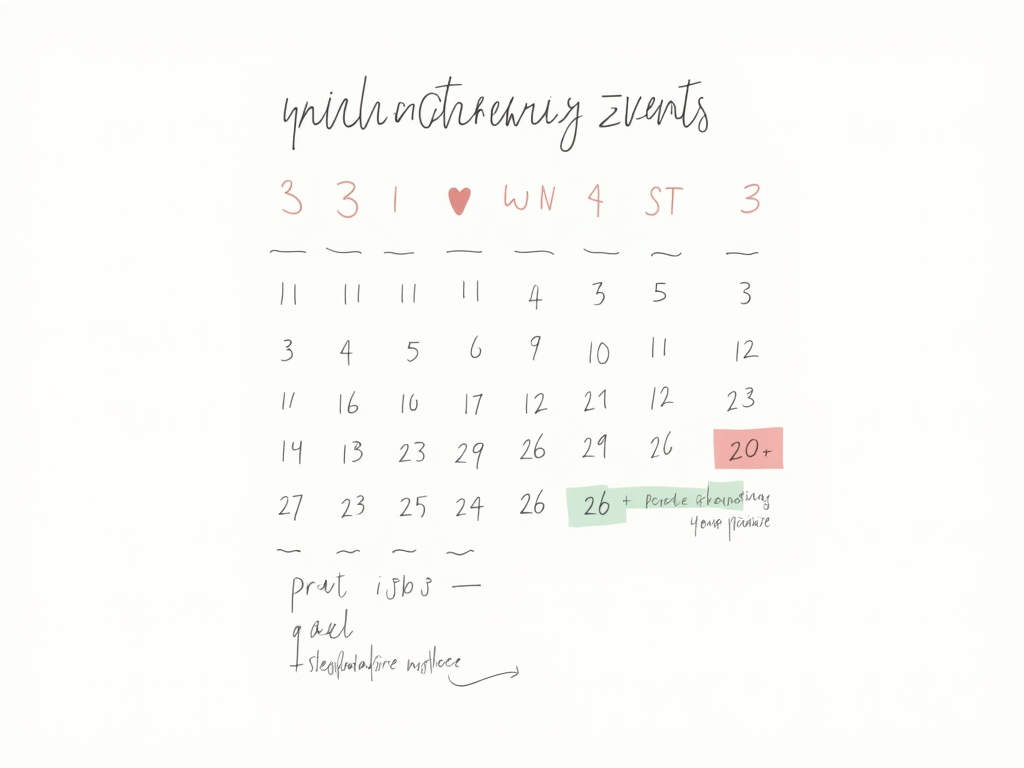Email Strategies for Volunteer Success
By , June 8, 2025
Email Strategies for Volunteer Success
In the fast-paced world of advocacy and political volunteering, effective email communication has become essential. Whether you're rallying supporters, recruiting new volunteers, or keeping current members engaged, well-crafted emails can significantly bolster your efforts. In this article, we will explore actionable email strategies tailored for volunteer success, looking at several critical areas: crafting effective emails, timing and frequency of communications, the importance of segmentation, metrics for measuring success, and leveraging digital tools.
By strategically utilizing these approaches, you can create a strong connection with your volunteers, ensuring they remain committed to your cause.
Crafting Effective Emails
Crafting emails that resonate with your audience is crucial. Consider these elements to improve your email effectiveness:
Subject Lines
Your subject line determines whether your email gets opened. Aim for clarity, intrigue, and personalization. For example, instead of a generic “Volunteer With Us,” try “Join Us to Make a Difference in [Specific Cause]” — this adds a personal touch and relates directly to the reader's interest.
Personalization
Using your volunteers’ names and tailoring content to their interests can dramatically increase engagement. For instance, address them personally and relate your message to their previous contributions or specific roles.
Clear Calls to Action
Ensure every email has a purpose. Whether inviting volunteers to an event, requesting donations, or encouraging them to spread the word, make your call to action straightforward and easy to follow. Use prominent buttons and clear instructions to guide volunteers.
Timing and Frequency
Timing can make or break your email campaign. Consider these guidelines:
Optimal Send Times
Research indicates that mid-week emails, particularly on Tuesdays and Thursdays, tend to have higher open rates. Experiment with your send times to find what resonates with your audience. A/B testing can provide valuable insights into when your specific group is most responsive.
Frequency of Communication
Finding the right rhythm for sending emails is crucial. Too frequent emails can overwhelm your volunteers, while infrequent communication can lead to disengagement. Aim for a monthly newsletter and use event-specific emails to update your volunteers appropriately. Regular updates help to keep your cause fresh in their minds, maintaining engagement without leading to fatigue.
Segmentation
One powerful strategy for effective email communication is segmentation. By categorizing your email list based on volunteer interests, roles, or past engagements, you can send more tailored messages.
Benefits of Segmentation
Segmentation allows you to personalize content further. For example, experienced volunteers may appreciate advanced notices of leadership opportunities, while newer volunteers might benefit from event invitations and information on basic tasks or trainings. This targeted approach can lead to higher engagement rates and deeper commitment from volunteers.
Measuring Success
After sending your emails, it's essential to track their performance. Here are some key metrics to consider:
Open Rates
This metric indicates how well your subject lines and targeting are performing. A good open rate in the nonprofit sector typically hovers around 20%. If yours is lower, reevaluate your subject lines and list segmentation.
Click-Through Rates
This shows how many recipients click on links within your email. High click-through rates typically indicate that your content is engaging and that your calls to action are clear.
Conversion Rates
Ultimately, track how many of your email recipients took the desired action (signing up for events, donating, etc.). These analytics help you refine your strategy for future campaigns.
Tools and Technologies
Leveraging digital tools can enhance your email strategies significantly. Here are a few recommended platforms:
Email Marketing Platforms
Tools like Mailchimp, Campaign Monitor, and Salesforce offer robust features for automation, personalization, and detailed analytics, making them invaluable in your email strategy arsenal.
Customer Relationship Management (CRM) Systems
Incorporating a CRM system can ensure you track volunteer interactions over time, enabling you to personalize your communication further and manage contacts effectively.
Conclusion
In conclusion, effective email strategies are critical to volunteer success in advocacy and political campaigns. By crafting impactful emails, timing your communications correctly, segmenting your audience, measuring your success, and leveraging modern tools, you can enhance your volunteer engagement significantly.
Recommended Readings
- 10 Email Marketing Tips for Nonprofits
- How to Maximize Volunteer Engagement
- Personalization in Email: A Guide
- Measuring Your Email Marketing Effectiveness
Implement these strategies, and you’ll be on your way to fostering a dynamic and dedicated volunteer corps.






